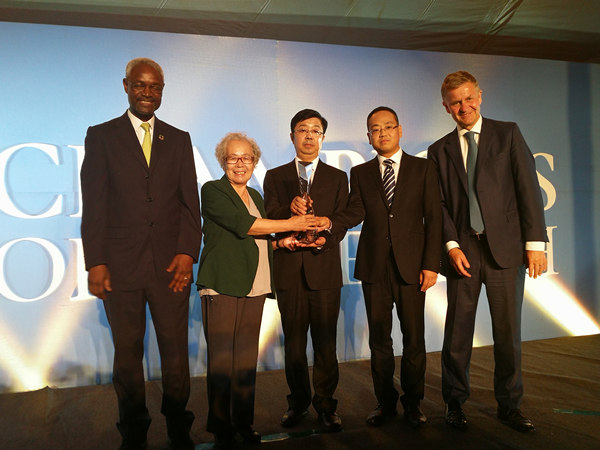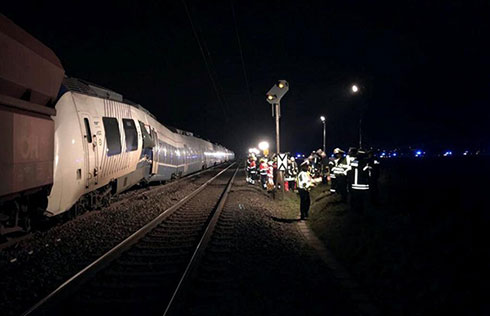

The huge costs required to capture carbon dioxide (CO2) emitted by China's vast coal-fired power sector is a price worth paying to cut greenhouse gases to reasonable levels, US Energy Secretary Steven Chu said.
Carbon Capture and Storage (CCS) technology is seen by many as the only way forward in a country still heavily dependent on burning coal to meet its energy needs.
But scientists say it will actually require more energy consumption, not less.
This additional energy consumption includes the power required to drive the CCS facilities, as well to as transport and store the captured carbon.
However, this "energy penalty" is nothing compared to the environmental costs of doing nothing to curb emissions, Chu told Reuters.
"Is 10 percent or 20 percent too big an energy penalty? Not really, considering the real costs (of current practices) are actually considerably higher," Chu said.
He said even if the energy penalty amounted to 30 percent, it was still modest compared to the costs of spewing out not just CO2, but also nitrous oxide and sulfur dioxide, which cause acid rain and damage air, water and forests.
"So a 20 percent energy penalty is quite modest. And the technology will improve," he said.
Chu said the United States is planning to work closely with China on developing carbon capture technology through the new US-China Joint Clean Energy Research Center, which was established during Chu's visit to China at the end of July.
China currently has a CCS demonstration project operating in suburban Beijing and run by state power giant Huaneng Group. Another is expected to go into operation later this year in Shanghai.
China's biggest coal firm, Shenhua, is also building what is described as the country's first commercial CCS project as part of its new coal liquefaction plant in Erdos, Inner Mongolia.
Costing the earth
According to studies from the International Energy Agency (IEA), each carbon capture facility is likely to cost "a billion euros" and will need strong government backing to succeed.
"It is not possible commercially because it is too expensive," Nobuo Tanaka, secretary-general of the IEA, told Reuters during a visit to China last month.
With negotiations on a new global climate change compact set to conclude in the Danish capital of Copenhagen at the end of this year, many experts say more effort should be made to promote carbon capture technology as part of a new deal.
Up to now, concerns about safety and technological reliability have prevented CCS from receiving additional funding through the United Nations' clean development mechanism, or CDM.
The CDM allows developed countries to invest in environmentally sound but economically marginal projects in the developing world in exchange for UN-issued carbon credits, which can then be sold on the market or used to fulfill mandatory emission cuts.
Improvement
A decline in China's energy intensity, or the amount of energy it uses to produce each unit of national income, picked up pace in the first half of 2009, the country's top economic planner said at the start of this month.
The country used 3.35 percent less energy to generate each dollar of gross domestic product (GDP) in the six months through June 2009 than a year earlier, the National Development and Reform Commission said in a statement on its website.
China has set a goal of cutting energy intensity by 20 percent by 2010.
Its efforts appear to be gathering steam after an unsteady start, and in 2008 energy intensity fell nearly 5 percent.
In the first half of this year it was also down in several key sectors, the commission said. Power was down 9.51 percent, oil and petrochemicals were down 8.21 percent and steel was down 8.43 percent.
Climate role
In recent years the efficiency drive has also been promoted by China as a key part of a slate of measures to curb growth in greenhouse emissions, as it comes under pressure as the highest annual emitter of the gasses that cause global warming.
It will be in the spotlight this December when the world tries to settle a global framework for tackling climate change at the United Nations-led talks in Copenhagen
The government says that its emissions per capita and over the course of history are lower than those of rich nations that went through long, dirty industrialization.
China wants technology and financing help from developed countries to help it achieve cleaner growth, arguing that it should not have to sacrifice economic progress when it is still trying to lift millions out of poverty.
Reuters
(China Daily 08/10/2009 page4)













